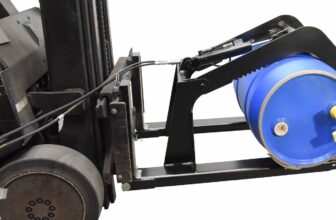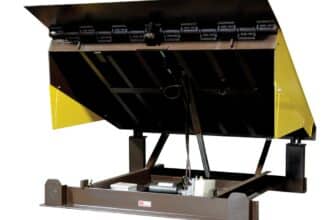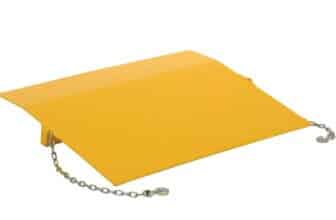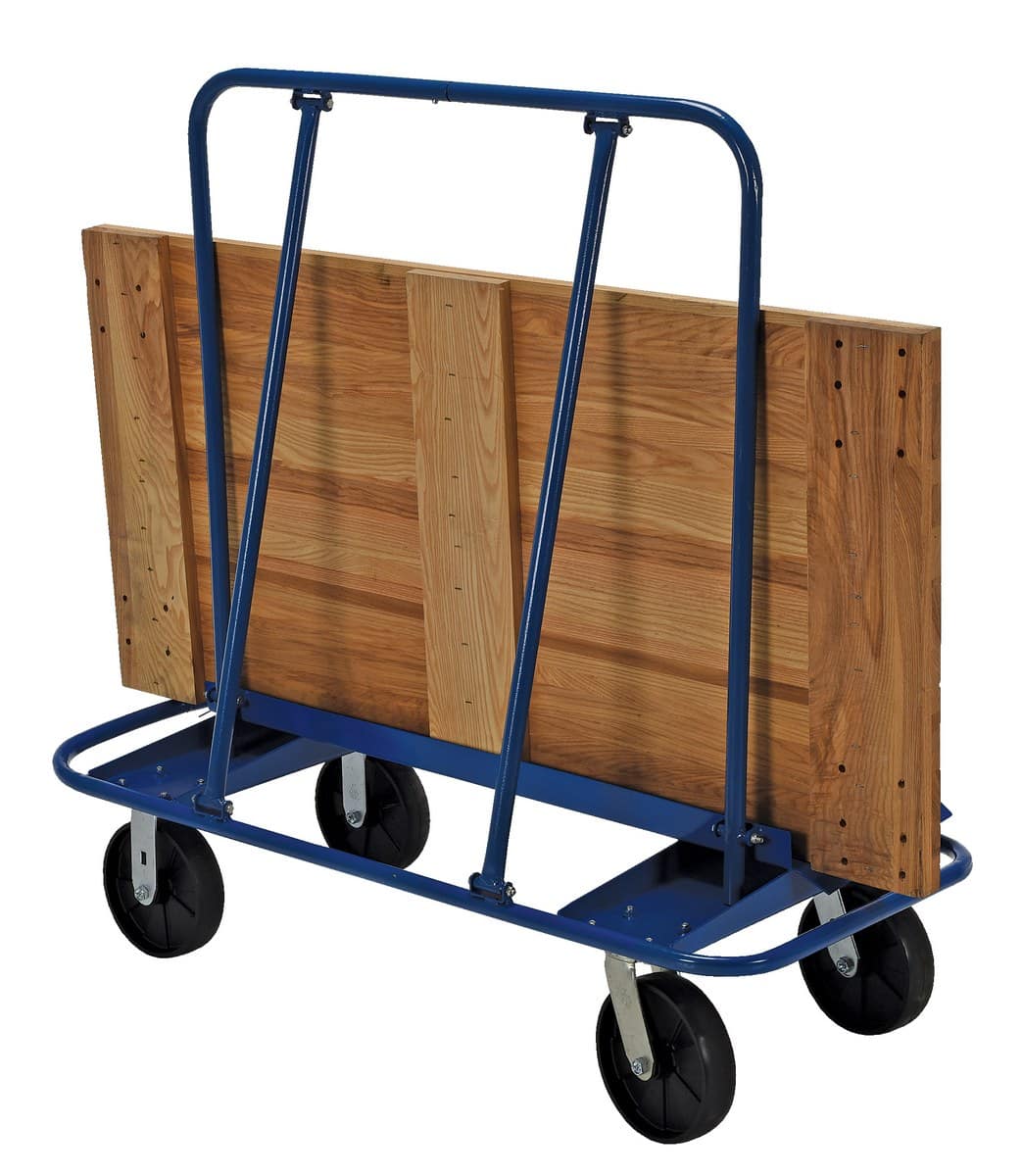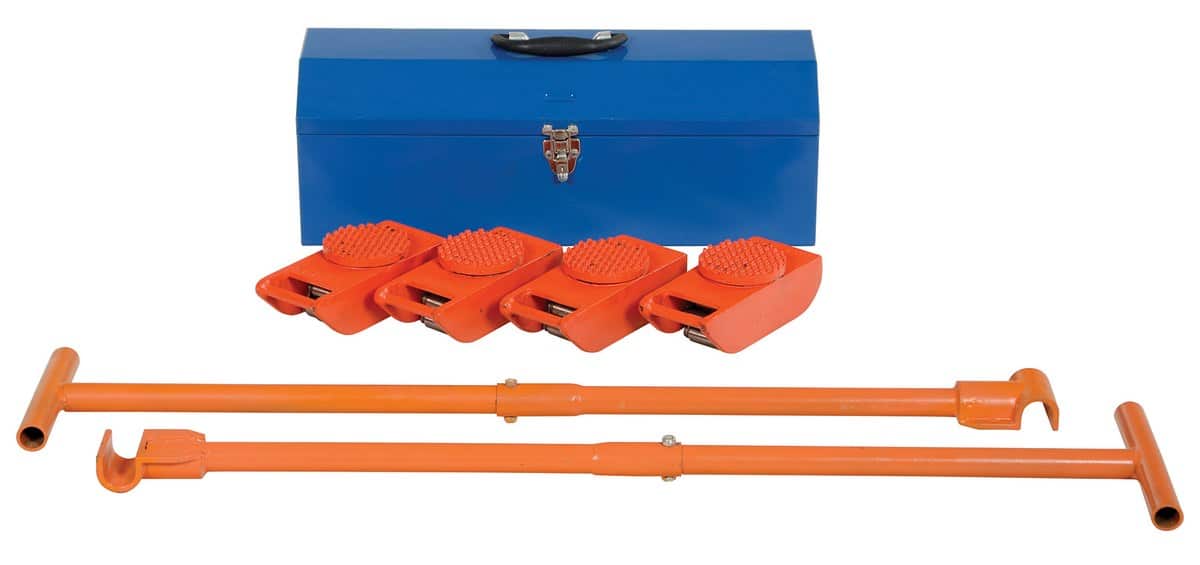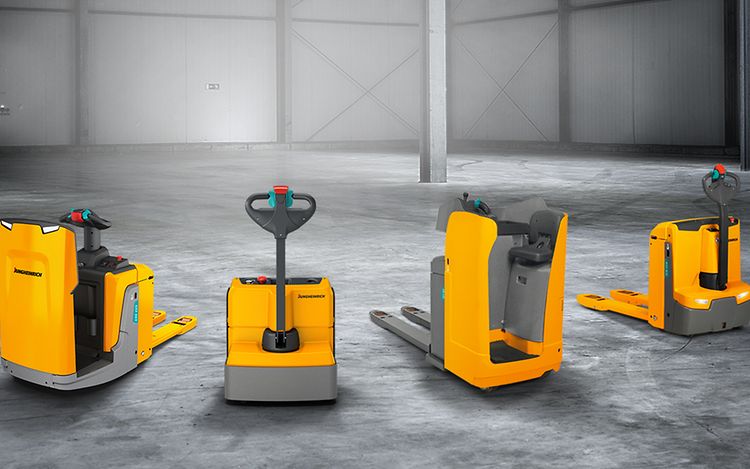
Material handling has always been the backbone of warehousing. With technology advancements, warehouse lift equipment, forklifts, lift trucks, and warehouse lifters have revolutionized how we approach storage and retrieval tasks. This comprehensive guide will delve into the diverse array of warehouse lifting equipment, their unique features, and the remarkable advantages they bring to the table.
Understanding the Basics of Warehouse Lift Equipment
What is Warehouse Lift Equipment?
Warehouse lift equipment refers to the range of machines and devices used for lifting, moving, and storing products within a warehouse environment. This category includes warehouse lift trucks, warehouse lifters, forklifts, lifting platforms, and other specialized lifting machines.
How Does Warehouse Lift Equipment Work?
Regardless of the specific type, all warehouse lift equipment works on the basic principle of transferring force. This force can be electric, as in the case of electric lifts for warehouses, or mechanical, as in traditional forklifts. The force is used to lift, move, or stack goods and materials within the warehouse, thereby facilitating inventory management and ensuring efficient utilization of space.
Types of Warehouse Lifts
There are several types of warehouse lifts, each designed to meet a specific need. Here are some of the most common types:
Warehouse Lift Trucks
Lift trucks, also known as forklifts, are versatile pieces of equipment used for moving and lifting goods. They come in various sizes and capacities, with small warehouse forklifts suitable for smaller warehouses and larger ones designed for heavy-duty tasks.
Warehouse Lifting Platforms
These are designed to lift workers and materials to high levels in the warehouse. Warehouse lifting platforms can be fixed or mobile, with some models able to reach heights of several meters.
Electric Lifts for Warehouses
These are modern and eco-friendly alternatives to traditional lift equipment. Electric lifts for warehouses use electric power to lift and move goods, reducing the emissions and noise associated with traditional forklifts.
Designing and Implementing a Warehouse Lift System
Designing a warehouse lift system involves understanding the specific needs of your warehouse. This includes analyzing the types of goods being handled, the size and layout of the warehouse, the available budget, and the warehouse’s operational goals.
An effective warehouse lift system should be designed to optimize space, increase productivity, and improve safety. It’s also crucial to consider factors such as ease of maintenance, adaptability to future changes, and integration with other warehouse systems.
Once a suitable design is in place, the next step is implementation. This involves installing the lift equipment, training the warehouse staff on its use, and integrating the equipment with the existing warehouse management system.
Choosing the Right Warehouse Lift Equipment
There are several factors to consider when choosing the right warehouse lift equipment, including:
- Type of goods: Different goods require different types of lifting equipment. Heavy and bulky goods may require a large forklift, while smaller items may be handled with a pallet jack or hand truck.
- Warehouse size and layout: The size and layout of the warehouse will determine the type and size of lift equipment needed. Smaller warehouses may benefit from compact, maneuverable forklifts, while larger warehouses may need larger, more powerful equipment.
- Budget: The cost of warehouse lift equipment can vary widely, so it’s important to factor in both the initial purchase price and the long-term costs of maintenance and operation.
Safety Considerations for Warehouse Lifts
Safety is a paramount concern when it comes to warehouse lift equipment. Here are a few key safety considerations:
- Proper training: All staff should be trained on the correct operation of the lift equipment. This includes understanding the controls, knowing how to perform safety checks, and understanding how to load and unload goods safely.
- Regular maintenance: Regular maintenance is crucial to ensuring that the lift equipment remains in good working order. This can help prevent accidents caused by mechanical failure.
- Safe working practices: Safe working practices should be implemented and enforced. This includes using personal protective equipment, maintaining clear walkways, and following all safety protocols when operating lift equipment.
FAQs
What is warehouse lift equipment?
Warehouse lift equipment refers to machines and devices used for lifting, moving, and storing goods within a warehouse.
What are the types of warehouse lifts?
There are several types, including warehouse lift trucks (forklifts), warehouse lifting platforms, and electric lifts.
How to choose the right warehouse lift equipment?
Factors to consider include the type of goods being handled, the warehouse’s size and layout, and your budget.
What are the safety considerations for warehouse lifts?
Proper training, regular maintenance, and safe working practices are key safety considerations.
Conclusion
In the modern warehousing world, lift equipment plays a critical role. With a variety of types available to meet specific needs, such equipment significantly improves warehouse operations, space utilization, and worker safety. By understanding the basics, appreciating the range of options, and adopting best practices, businesses can maximize their benefits from warehouse lift equipment.
#WarehouseLiftEquipment #MaterialHandling #Forklifts #WarehouseLiftingPlatforms #ElectricLifts #WarehouseSafety #EfficientWarehousing #WarehouseModernization




